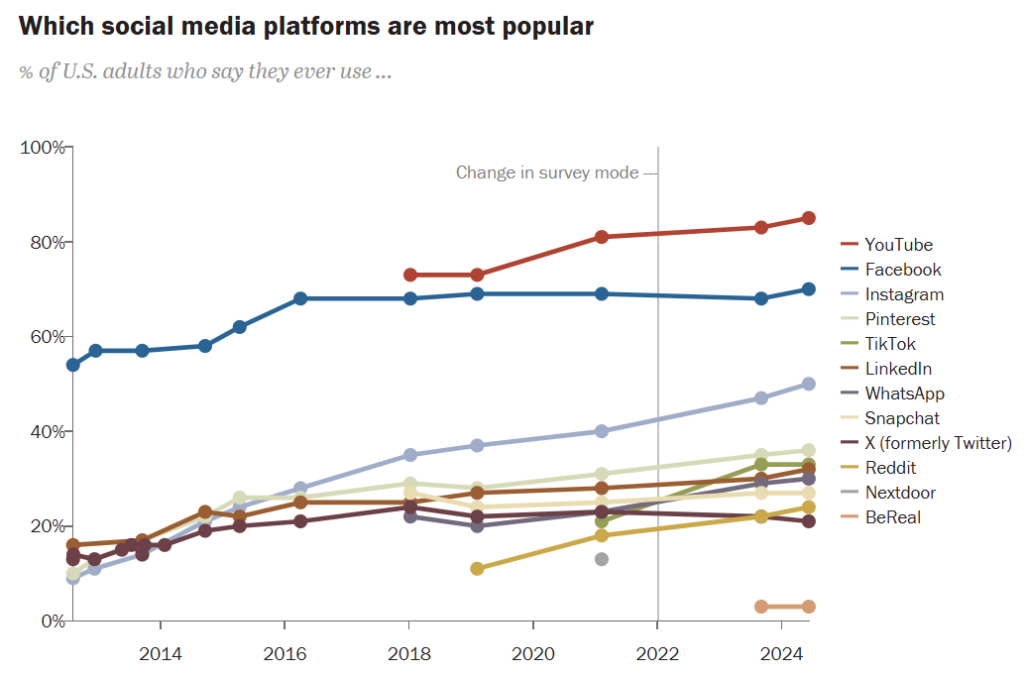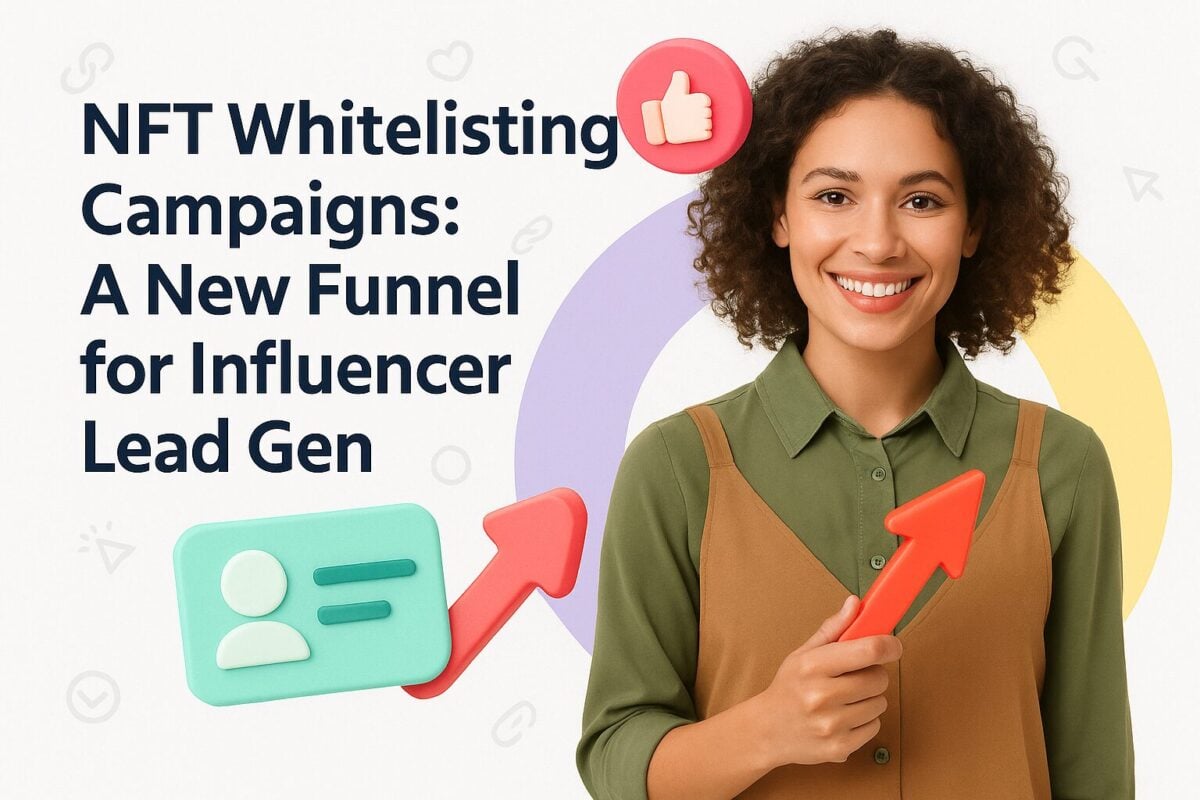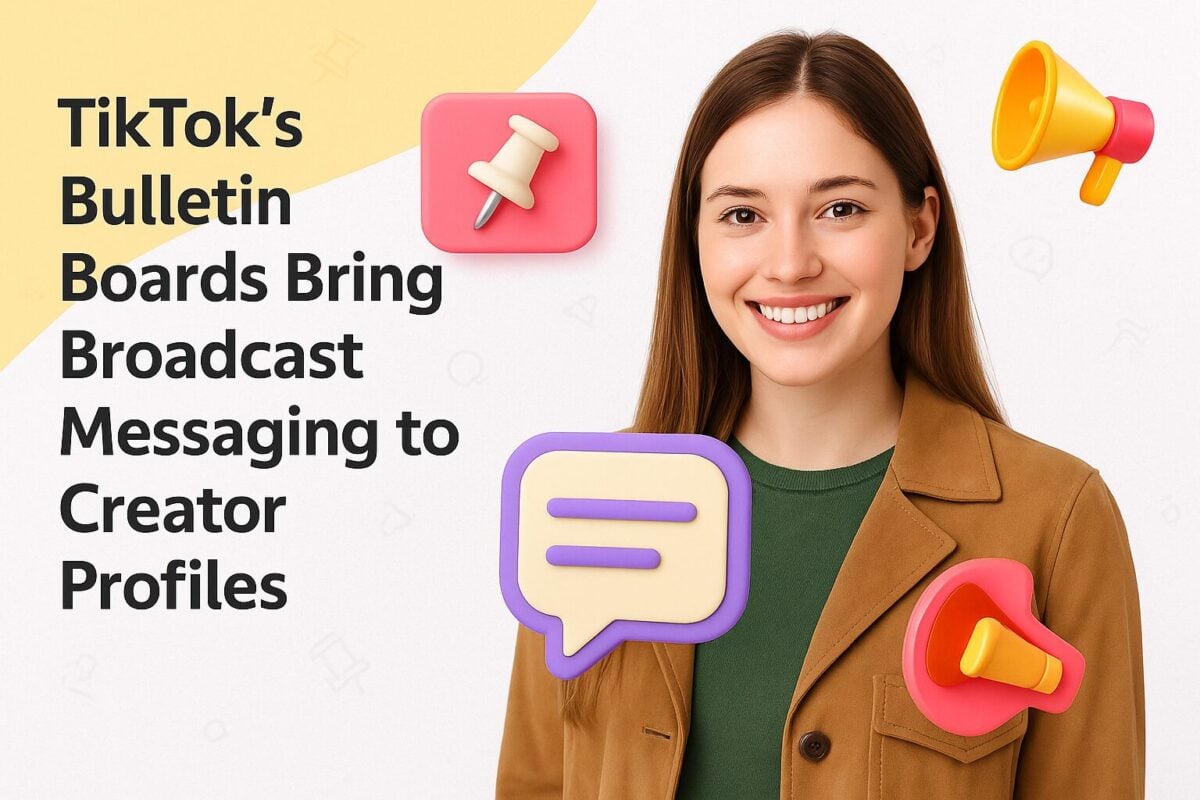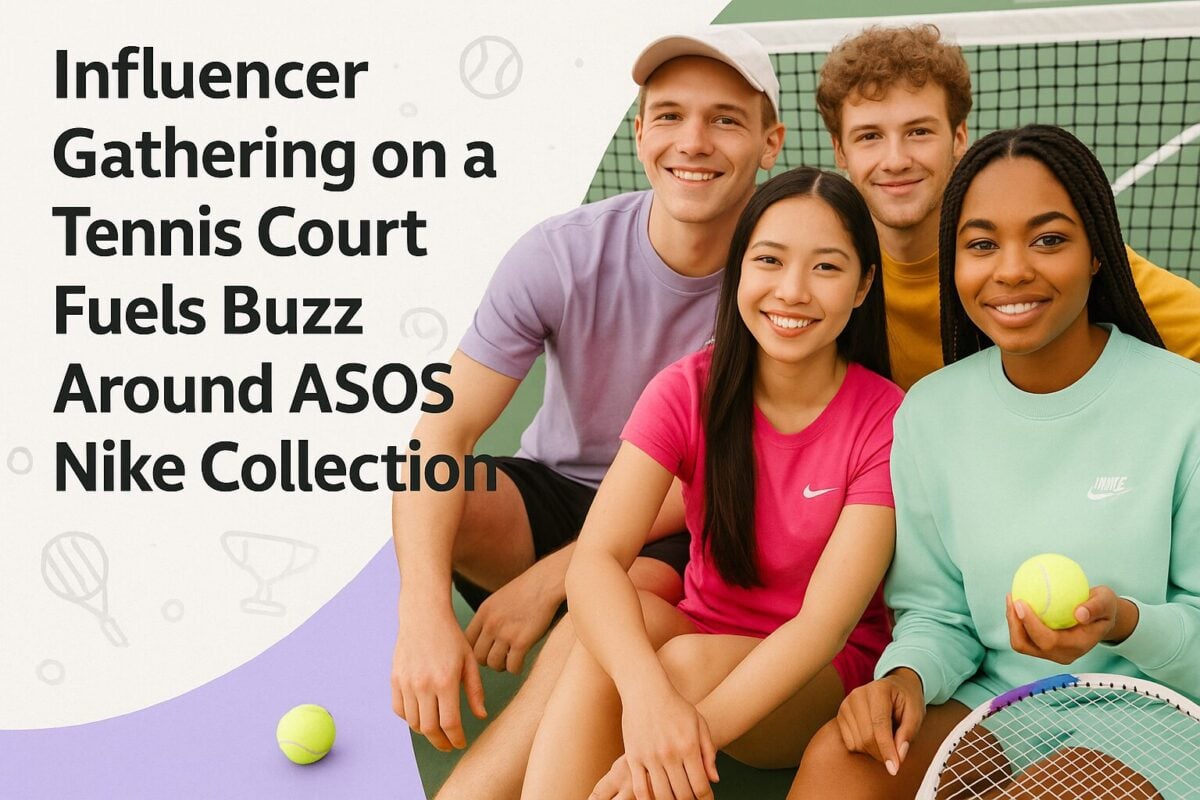The stereotypical face of an influencer is a young white good-looking woman, often with a couple of equally stunning kids. You will find some representative guys in a few niches, but again, they tend to be easy on the eye and overwhelmingly white. But does that represent the real-world of the 2020s? Do most influencers genuinely represent the people they influence?
If you're a brand selling to a "minority" audience, wouldn't it be better to work with minority influencers who better reflect their audience? Quite a few brands understand this. However, it is not always apparent how they can find and engage with minority influencers, particularly if the people running the social marketing accounts in these companies are not members of any minorities themselves.
Although we predominantly refer to black influencers in this article, the reality is that you should work with a diverse group of influencers. Everything we say concerning black influencers is equally relevant to other diverse groups. Ideally, your influencers' overall make-up should represent the demographics and psychographics of your target audience – just ones who have displayed success and expertise in a topic of expertise.
- Consumers Trust Who They Know
- Why You Should Consider Inclusive Influencer Marketing
- Statistics Showing Different Social Usage Across Platforms
- How Having the Wrong Influencers Can Kill a Campaign
- The Importance of Diversity in Influencer Marketing
- Black Influencers Speak out
- Shade – an Agency with a Mission to Diversify Influencer Marketing
Consumers Trust Who They Know
It is probably human nature to trust people you know ahead of strangers. And this doesn't just apply to people you have met in real-life. This is also relevant when looking at types of people.
Trust is central to influencer marketing. Influencers have generally built their audience from scratch. They understand their followers, who return as long as the influencer remains authentic. This is particularly evident when somebody shares some of the influencer's content. By sharing the content, they are prepared to vouch for the influencer's authenticity to their friends. They don't just like the influencer's content; they want their friends to read, listen, or watch it too.
There was a time when celebrity endorsement was the pinnacle of marketing success. If you managed to get somebody "famous" to promote your product, millions of people would see this recommendation. But celebrity endorsement is less relevant nowadays because most people don't live the life of a celebrity. Celebrities can scarcely empathize with everyday people's problems and pain points. The modern consumer can see through the sham of celebrity marketing; they understand that most celebrity claims are shallow and lack authenticity. They are not "people like us."
Sure, some celebrities promoting the right cause may still offer brands hope, as long as they promote the right product to the right audience. For instance, most black women probably don't live the same life as Michelle Obama (or if they are a little older, Oprah Winfrey). Yet these preeminent ladies can still win an audience of black women over, as long as they offer a message that resonates.
Why You Should Consider Inclusive Influencer Marketing
We also know that online consumers are more likely to trust friends and family's recommendations over those of total strangers. However, in the absence of people they know in real life, they are happy to accept the recommendations of people they perceive as being like themselves. This is one of the reasons that influencer marketing has increased over the last few years. So if you market to a minority market, such as African Americans, you are far more likely to get buy-in if you work with African American influencers than if you were to use big-name white influencers.
This isn't merely a race-based issue, either. Members of the LGBT community are most likely to react well to messages from LGBT influencers. Disabled people take more credence in the views and recommendations of other disabled people. It is only human nature to notice people like yourself. By definition, influencers influence the thoughts, decisions, and actions of people. Therefore, you should always work with the people whose following most closely resembles your customer base.
Statistics Showing Different Social Usage Across Platforms
Pew Research has published information about who uses the various social media networks. The differences between the sexes are probably well-known and unsurprising. More women use Facebook, Instagram, and Pinterest than men. On the other hand, more men are using LinkedIn, X (formerly Twitter), YouTube, and Reddit.
However, there are also quite a few race-based differences between the platforms. Instagram is particularly popular with non-whites. 59% of Hispanic people and 52% of blacks use Instagram, compared to only 45% of whites. WhatsApp also has some clear differences: 22% white, 36% black, but only 56% Hispanic.
Traditionally, people have referred to a strong black presence on X (formerly Twitter). However, the differences in that network's usage have narrowed. 22% Hispanic and 24% black use X (formerly Twitter) compared to 19% white. The difference is much more noticeable on TikTok, beloved by 48% Hispanic, 50% black, and 26% white.
However, Facebook follows a very different pattern. There is little difference between the three races: 70% whites, 73% blacks, and 69% Hispanic use Facebook.
If you intend to market with influencers on LinkedIn, you might want to think carefully about where your target audience lives. LinkedIn has a reasonably similar usage in both towns and cities: 32% urban usage and 39% suburban. However, things change markedly if you're targeting rural people, with only 19% using LinkedIn.
How Having the Wrong Influencers Can Kill a Campaign
Sometimes corporations really misunderstand the marketplace when they put together a campaign. The classic example in recent years was the infamous Kendall Jenner Pepsi ad.
The ad borrowed imagery from the Black Lives Matter movement. It came across as trivializing the widespread protests against the killing of black people by police – using a privileged white woman (Jenner) to "fix the world's problems" by simply offering a can of Pepsi to a smiling policeman. As the company acknowledged,
"Pepsi was trying to project a global message of unity, peace, and understanding. Clearly, we missed the mark and apologize."
As the New York Times reported,
"In torrid criticism after the ad was posted, commentators on social media accused Pepsi of appropriating imagery from serious protests to sell its product, while minimizing the danger protesters encounter and the frustration they feel."
The Importance of Diversity in Influencer Marketing
Your influencers should roughly align with your target audience. As we stated above, consumers generally trust people much like themselves. For example, if you predominately market to an African American audience, it makes sense that you work with black influencers who your target audience already know and respect.
Of course, diversity covers a wide range of areas, not just skin color. Diversity certainly doesn't mean you should include a token person of color in your campaign. When you analyze an influencer, you should consider their background, ethnicity, skin color, gender, sexual orientation, body type, socioeconomic status, physical abilities, and religious beliefs. How do these mirror your target market? When a brand includes diverse influencers in its campaign, it is much likelier it will reach people who would otherwise not see their material. If you rely on the same old influencers all the time, you limit your potential audience.
Successful influencer marketing requires you to find influencers with audiences to whom they relate and come across authentically. If they can manage that, then they will be much better at passing on your message.
Some believe the point of influencer marketing is solely to reach a larger audience. However, you need to temper this and say the real goal is to reach a larger and more defined audience. If you just want a mega audience, you might as well pay for old-style celebrity marketing, reaching millions of irrelevant people. Influencer marketing using minority influencers means the brand can cut through the noise of the mainstream, avoiding all those irrelevant people.
Black Influencers Speak out
Earlier in 2020, HuffPost spoke to several black beauty influencers who were calling for brands to do better. With the events of Black Lives Matters unfurling around them, these beauty influencers used their platform to speak out. They used their platforms to reach millions of consumers wanting to align themselves with brands committed to ending racial oppression.
TV personality and fashion stylist Cindy Conroy spoke of the fears Black influencers faced by using their platforms for activism. Some worried that their white followers would leave them in droves. But they still felt they had to stand up for what was right.
However, they emphasized that while many black influencers were happy working with brands naturally, cashing in on the Black Lives Matters movement would not be tolerated. Influencer Bobby Akinboro stressed that
"My biggest call to action was for people to stop all marketing campaigns trying to capitalize on the issues at hand."
Minority influencers also expect to be treated fairly. Popular hair and beauty influencer Mikai Mcdermott found this out the hard way.
"I actually asked a white influencer what her rate was, and it was 10 times more than what I had asked for, despite the brand telling me they had no budget."
Then the brand took over four months to pay her for her work.
Situations like this encouraged Adesuwa Ajayi from influencer agency, AGM Talent, to create the Influencer Pay Gap page. In one case, involving a household-name cosmetics company,
"A Black influencer who participated received £1750 and a mixed-race person mentioned they were paid £10,000 for the same campaign,"
says Ajayi.
Shade – an Agency with a Mission to Diversify Influencer Marketing
One influencer marketing agency has made it their mission to help creators of color become self-employed while doing what they love. Shade came about due to founders, Dahcia and Jacques Bastien, noticing a lack of diversity in the influencer marketing space. Many creators of color are overlooked and underpaid for campaigns. As a result of this, they launched Shade to help creators of color build their digital influence while helping brands stay relevant among diverse audiences.
The agency has a roster of over 1,000 black and brown influencers, speakers, actors, entertainers, athletes, celebrities, and more. They handle every aspect of an influencer campaign, from influencer strategy and talent casting to content production and distribution.
Other platforms and agencies also let you search for influencers, using various search qualifiers to find influencers of the type you want.
Use whatever methods you prefer to find a selection of influencers who closely resemble the target market of people you are trying to reach.




